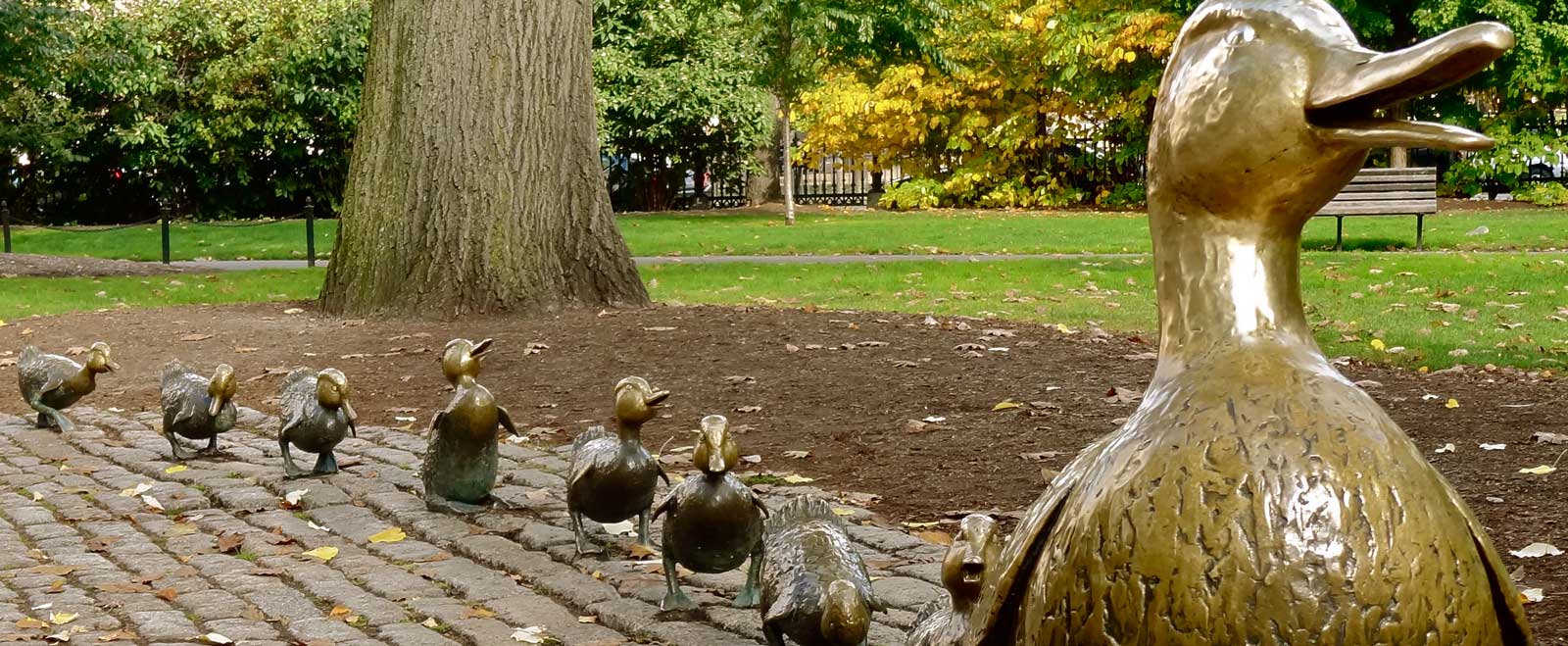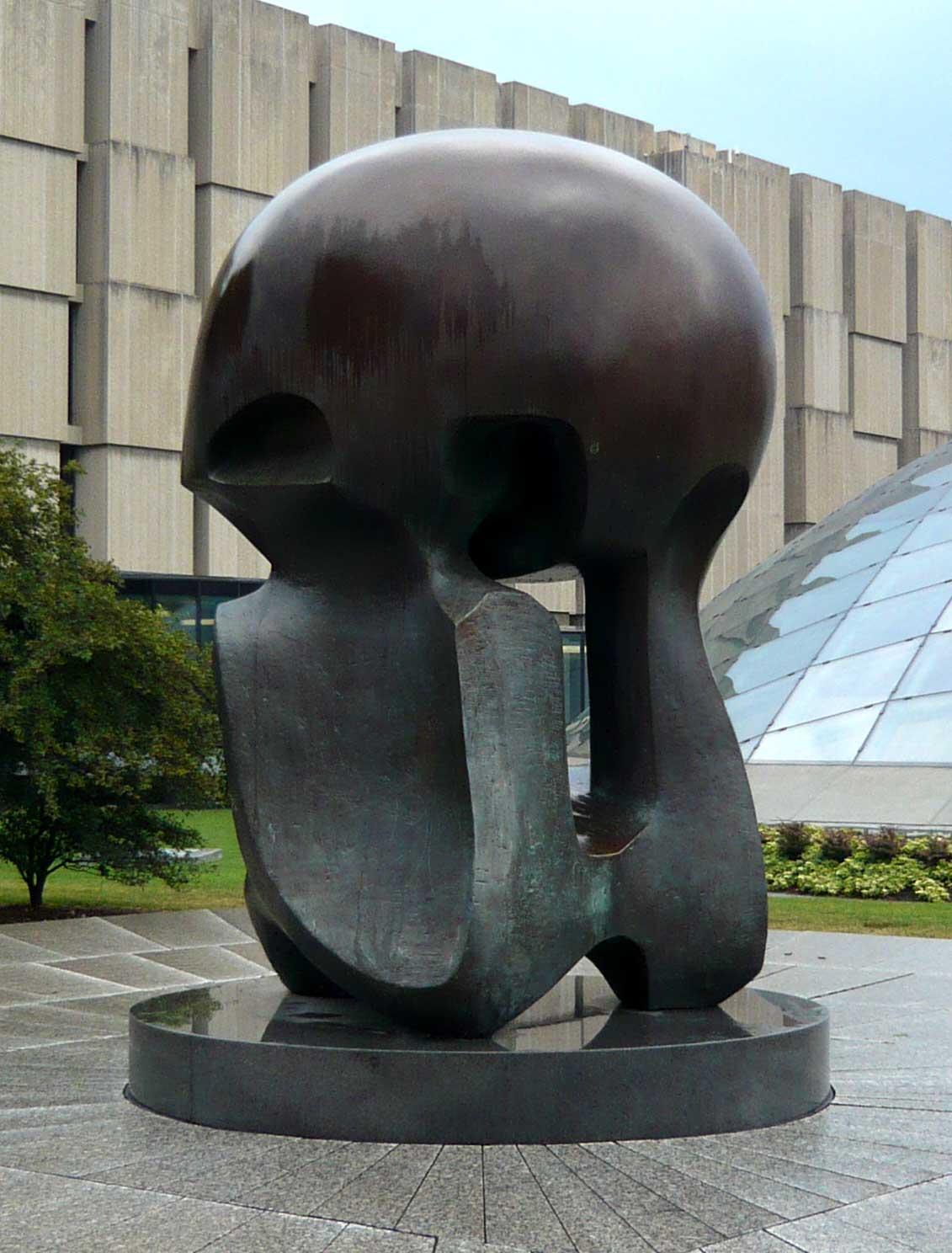Most public monuments are inspired by good intentions. The Embrace a 20-foot-high, 25-foot-wide bronze sculpture by American conceptual artist Hank Willis Thomas honoring Martin Luther King Jr. and his wife, Coretta Scott King was a model of good intentions. Unveiled on the Boston Common after five years of careful planning in January 2023 at a well-attended, joyous ceremony that included members of the King family, Boston mayor Michelle Wu, and many other dignitaries, it was followed by an onslaught of jeers and ribald innuendo on social media and late-night TV from people who had only experienced the sculpture in two dimensions online. While some of the displeasure came from one member of the King family, it was overwhelmingly supported by the Black community, particularly those who were involved in the process of the artist’s selection, and the hundreds of BIPOC Bostonians who attended the dedication.
The Boston Common is the nation’s oldest public park, having been established four hundred years ago. Rich in history, the city offers many opportunities to encounter artists’ works that memorialize the past in three-dimensional form. Much of it takes on a traditional figurative style translated into fountains like the 1934 Boy and Bird by the Russian-born Boston artist Bashka Paeff (1889-1979) or the classic white man on a horse, bronze and granite equestrian Statue of General Joseph Hooker (1814–1879) by renown sculptor Daniel Chester French (1850-1931) seen on the Massachusetts State House Lawn.
One of the most beloved pieces of public art in Boston is the demure Make Way For Ducklings (1987) by local sculptor Nancy Schön (1928-). She was inspired by the children’s classic book of the same title by Robert McCloskey. At 38 inches tall the biggest mama duck and her caravan of ducklings make up in charm for what they lack in size.
Where a public artwork is situated in space can be intrinsic to its meaning and crucial to its acceptance or rejection by the public. Perhaps the most notorious negative reaction to public art in the 20th century was aimed at minimalist Richard Serra’s 1981 Tilted Arc.

























![DEl Kathryn Barton [Australian b. 1972] the more than human love , 2025 Acrylic on French linen 78 3/4 x 137 3/4 inches 200 x 350 cm Framed dimensions: 79 7/8 x 139 inches 203 x 353 cm](/sites/default/files/styles/image_5_column/public/ab15211bartonthe-more-human-lovelg.jpg?itok=wW_Qrve3)



